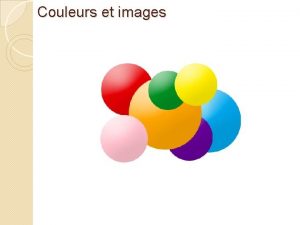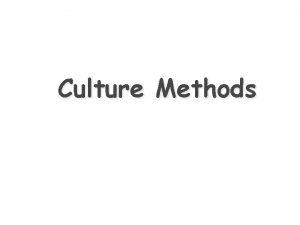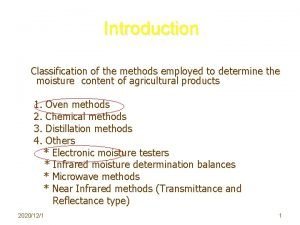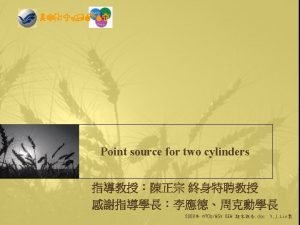CULTURE METHODS Culture methods employed depend on the















- Slides: 15

CULTURE METHODS § Culture methods employed depend on the purpose for which they are intended. § The indications for culture are: – To isolate bacteria in pure cultures. – To demonstrate their properties. – To obtain sufficient growth for the preparation of antigens and for other tests. – For bacteriophage & bacteriocin susceptibility. – To determine sensitivity to antibiotics. – To estimate viable counts. – Maintain stock cultures.

Culture methods include: § Streak culture § Lawn culture § Stroke culture § Stab culture § Pour plate method § Liquid culture § Anaerobic culture methods

STREAK CULTURE § Used for the isolation of bacteria in pure culture from clinical specimens. § Platinum wire or Nichrome wire is used. § One loopful of the specimen is transferred onto the surface of a well dried plate. § Spread over a small area at the periphery. § The inoculum is then distributed thinly over the plate by streaking it with a loop in a series of parallel lines in different segments of the plate. § On incubation, separated colonies are obtained over the last series of streaks.



LAWN CULTURE § Provides a uniform surface growth of the bacterium. § Uses – For bacteriophage typing. – Antibiotic sensitivity testing. – In the preparation of bacterial antigens and vaccines. § Lawn cultures are prepared by flooding the surface of the plate with a liquid suspension of the bacterium.

Antibiotic sensitivity testing

STROKE CULTURE § Stroke culture is made in tubes containing agar slope / slant. § Uses – Provide a pure growth of bacterium for slide agglutination and other diagnostic tests.

STAB CULTURE § Prepared by puncturing a suitable medium – gelatin or glucose agar with a long, straight, charged wire. § Uses – Demonstration of gelatin liquefaction. – Oxygen requirements of the bacterium under study. – Maintenance of stoke cultures.

Gelatin liquefaction Oxidation – Fermentation medium

POUR PLATE CULTURE § Agar medium is melted (15 ml) and cooled to 45 o. C. § 1 ml of the inoculum is added to the molten agar. § Mix well and pour to a sterile petri dish. § Allow it to set. § Incubate at 37 o. C, colonies will be distributed throughout the depth of the medium. § Uses – Gives an estimate of the viable bacterial count in a suspension. – For the quantitative urine cultures.

LIQUID CULTURES § Liquid cultures are inoculated by touching with a charged loop or by adding the inoculum with pipettes or syringes. § Uses – Blood culture – Sterility tests – Continuous culture methods § Disadvantage – It does not provide a pure culture from mixed inocula.

Blood culture bottles


 Dependent or independent clause
Dependent or independent clause How is the moon illuminated
How is the moon illuminated On a wet barrel hydrant where is the valve located
On a wet barrel hydrant where is the valve located Colligative properties depend upon the
Colligative properties depend upon the What does the speed of sound depend on
What does the speed of sound depend on Couleurs des objets
Couleurs des objets Cppdepend
Cppdepend When the process issues an io request
When the process issues an io request Colligative properties depend on
Colligative properties depend on What does the speed of sound depend on
What does the speed of sound depend on Codepence
Codepence Van’t hoff factor
Van’t hoff factor What two factors affect momentum?
What two factors affect momentum? Third law of thermodynamics is depend on
Third law of thermodynamics is depend on Why does a star's life expectancy depend on mass
Why does a star's life expectancy depend on mass Science class five
Science class five





























